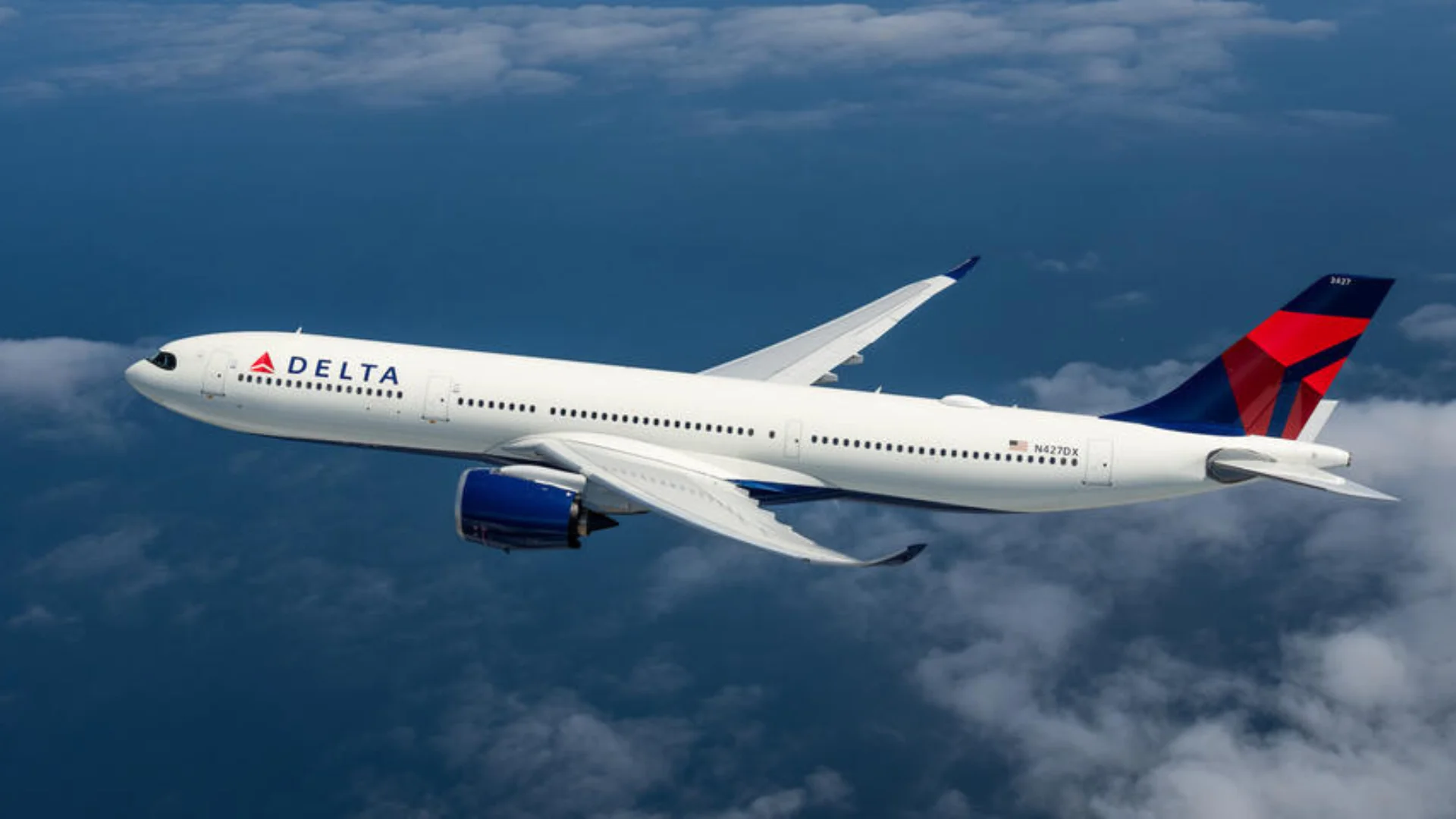Seat models are similar across all three airlines, often using variants of the Collins Aerospace MiQ recliner seat. American’s new Boeing 787-9s feature an updated Recaro R5 seat with privacy wings and larger screens, but this is only available on a limited number of aircraft. American standardizes legroom at 38 inches across types, while screen sizes vary between 11.5 inches for most planes and up to 13.3 inches on newer models.
Delta introduced Premium Select in 2017 with the Airbus A350-900 and uses the same seat model as American but adds distinctive diamond stitching and larger screens (13.3 inches). Every seat comes with a legrest, which is not always available on American's older seats. Delta’s premium economy cabins are noted for their size—especially on the A350—and generally receive positive feedback for in-flight service.
United launched Premium Plus in early 2019, making it the last major US carrier to offer this class. Configurations vary from eight-abreast layouts on the Boeing 777 to six- or seven-abreast arrangements elsewhere. United also uses Collins Aerospace MiQ seats with features comparable to its competitors but adds leather legrests and footrests. United plans to refresh Premium Plus seats beginning in 2026 with updated colors, materials, privacy dividers, and larger entertainment screens.
Ground services for premium economy passengers differ slightly among carriers. Delta provides SkyPriority privileges such as expedited check-in, security lanes, priority boarding, and baggage handling; these are clearly branded benefits for eligible passengers. United offers Premier Access services that mirror Delta’s offerings in scope but may differ in execution or branding at airports. American grants similar ground benefits but does not brand them collectively under one name; this can lead to confusion about eligibility at airport checkpoints.
All three airlines provide amenity kits with basic travel items for long-haul premium economy travelers as well as upgraded meals that include complimentary alcohol.
Despite some differences—such as screen size or availability of legrests—the core product remains very similar among American, Delta, and United due to market competition pressures in the US airline industry.
Delta is widely regarded as having an edge over competitors due primarily to consistently strong in-flight service rather than significant differences in seating or amenities. However, both American’s newest seat design (limited fleet-wide) and upcoming upgrades from United suggest ongoing efforts by each carrier to improve their offerings.
In summary, while tangible differences exist between each airline’s approach to premium economy—particularly regarding seats or branding of ground services—the overall passenger experience remains largely uniform across these major US carriers.
 Alerts Sign-up
Alerts Sign-up




































